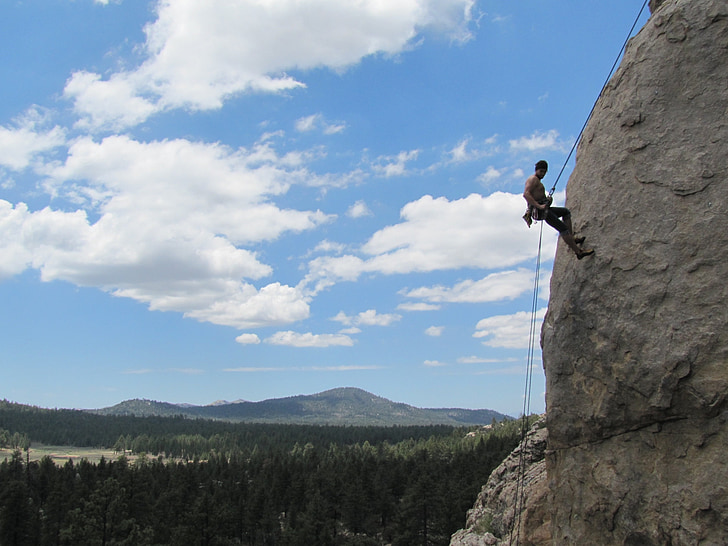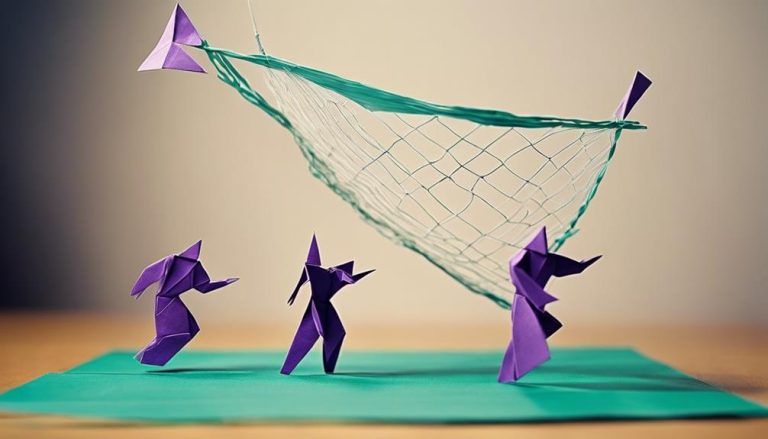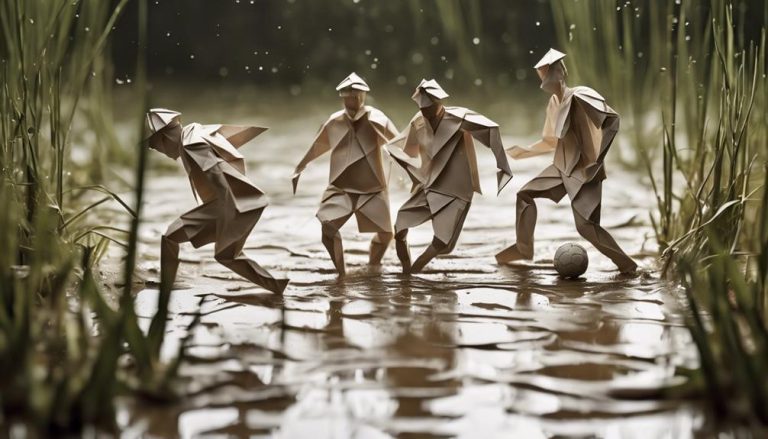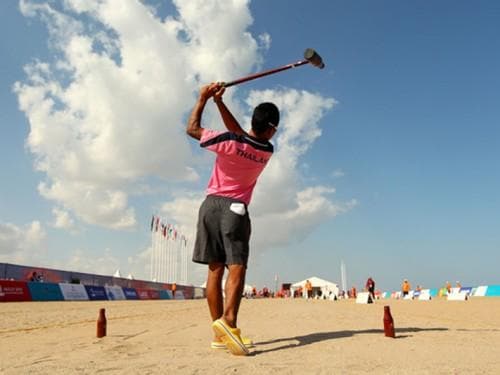General Rules of Air Hockey
Air hockey was invented in the early 1970s by a group of Brunswick Billiards employees: Phil Crossman, Bob Kenrick, and Brad Baldwin. They came up with the idea for an air-powered game while working on a prototype for a tabletop soccer game. The first air hockey game was made from a converted ice hockey table and used a small fan to blow air through tiny holes in the playing surface. The puck was made of polystyrene foam, which allowed it to float on the cushion of air created by the fan.
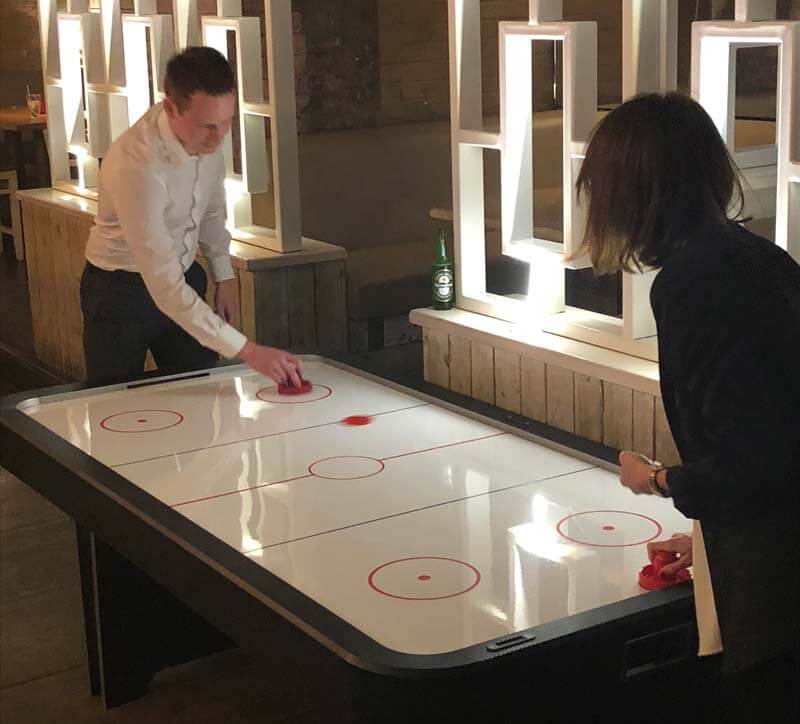
The first air hockey game was called “Brunswick Super Chexx” and was introduced at the 1972 Chicago Coin Machine Show. It quickly gained popularity in arcades and other entertainment venues, and soon, manufacturers began producing home versions of the game. Today, air hockey is played all over the world and is a popular game in homes, arcades, and amusement parks.
Scoring in Air Hockey
In air hockey, players use mallets (also called paddles or strikers) to hit a puck into their opponent’s goal. A goal is scored when the puck completely crosses the goal line. A game of air hockey typically lasts for seven or ten points, and the first player to reach the predetermined number of points wins the game.
If the puck goes off the playing surface or a player touches the puck with their hand, the other player is awarded a point. If a player hits the puck into their own goal, their opponent is also awarded a point.
In some variations of the game, a player may also score by using their mallet to deflect the puck off the side walls and into their opponent’s goal. This is known as a “bank shot” and is a legal move in most air hockey tournaments.
There are also other variations of the game that use different rules for scoring. For example, some versions award points for shooting the puck into the goal from certain angles or locations on the table. It’s always a good idea to familiarize yourself with the specific rules of the game before playing.
Common Terminologies in Air Hockey
Here are a few common terms that you might hear while playing or watching an air hockey game:
- Face-off: The initial puck drop that starts the game or restarts play after a goal is scored.
- Air: The thin layer of air that is blown up through the playing surface and allows the puck to glide smoothly over the table.
- Rail: The raised edge of the table that surrounds the playing surface.
- Goalie: A player’s mallet when it is positioned in front of their own goal to defend against the other player’s shots.
- Breakaway: A one-on-one scoring opportunity where a player has a clear path to the goal.
- Dangle: A move where a player fakes out their opponent by making them think the player is going to shoot the puck in one direction, but then quickly changes the direction of their shot.
- Slap shot: A powerful shot that is made by swinging the mallet back and then quickly hitting the puck with a slapping motion.
- One-timer: A shot that is made immediately after receiving a pass from a teammate without stopping the puck.
- Bank shot: A shot that is made by hitting the puck off the side walls and into the goal.
- Deke: A fake-out move where a player pretends to shoot the puck in one direction, but then quickly changes the direction of their shot.
Penalties in Air Hockey
In most air hockey tournaments and leagues, there are rules in place to penalize players for certain types of illegal or unsportsmanlike behavior. Here are a few common penalties in air hockey:
- Delay of game: This penalty is called when a player intentionally delays the game by holding onto the puck or playing it in a way that prevents their opponent from being able to make a shot.
- High-sticking: This penalty is called when a player hits the puck with their mallet above the level of the rail.
- Illegal shot: This penalty is called when a player hits the puck with their mallet in a way that is not allowed by the rules, such as using the side of the mallet or hitting the puck with their hand.
- Interference: This penalty is called when a player interferes with their opponent’s ability to play the puck, such as by blocking their shot or preventing them from moving freely around the table.
- Unsportsmanlike conduct: This penalty is called when a player exhibits unsportsmanlike behavior, such as arguing with the referee or using foul language.
Penalties in air hockey are typically enforced by a referee and may result in the awarding of a point to the other player or a loss of possession of the puck. It’s important to always follow the rules and show good sportsmanship while playing air hockey.
10 General Rules of Air Hockey
- The puck must be hit with the flat surface of the mallet and cannot be touched with the hand.
- Players are not allowed to lift their mallets off the table or hold them in the air while the puck is in play.
- The puck cannot be hit over the center line or into the goal from below the center line.
- Players must keep at least one mallet on their side of the center line at all times.
- Players are not allowed to obstruct their opponent’s view of the puck or block their shots.
- The puck must be struck with a single continuous motion and cannot be hit multiple times in succession.
- Players are not allowed to hit the puck out of bounds or off the side walls in an attempt to score a goal.
- If the puck is stuck in the goal or on the rail, play will be stopped and the puck will be placed at the center of the table for a face-off.
- If the puck goes off the table or a player touches the puck with their hand, the other player is awarded a point.
- The game is won by the first player to reach the predetermined number of points, typically 7 or 10.
I hope these rules help you understand the basic principles of air hockey. It’s always a good idea to familiarize yourself with the specific rules of the game before playing.
FAQs
What is the objective of the game of air hockey?
The objective of the game of air hockey is to score more goals than your opponent by hitting the puck into their goal using your mallet.
What is the standard size of an air hockey table?
The standard size of an air hockey table is approximately 8 feet long and 4 feet wide.
How many players can play air hockey at a time?
Air hockey is typically a two-player game, but it can also be played with more players in a tournament format.
What are the standard dimensions of an air hockey puck?
The standard dimensions of an air hockey puck are approximately 2.5 inches in diameter and 0.5 inches thick.
How is the air flow for the table generated?
The air flow for an air hockey table is typically generated by a fan or motor located underneath the table that blows air through small holes in the surface of the table.
Are there any official rules for air hockey?
Yes, there are official rules for air hockey as set by the USAA (United States Air Hockey Association). These rules cover everything from the size of the table and puck, to the scoring system and penalties for illegal shots.

